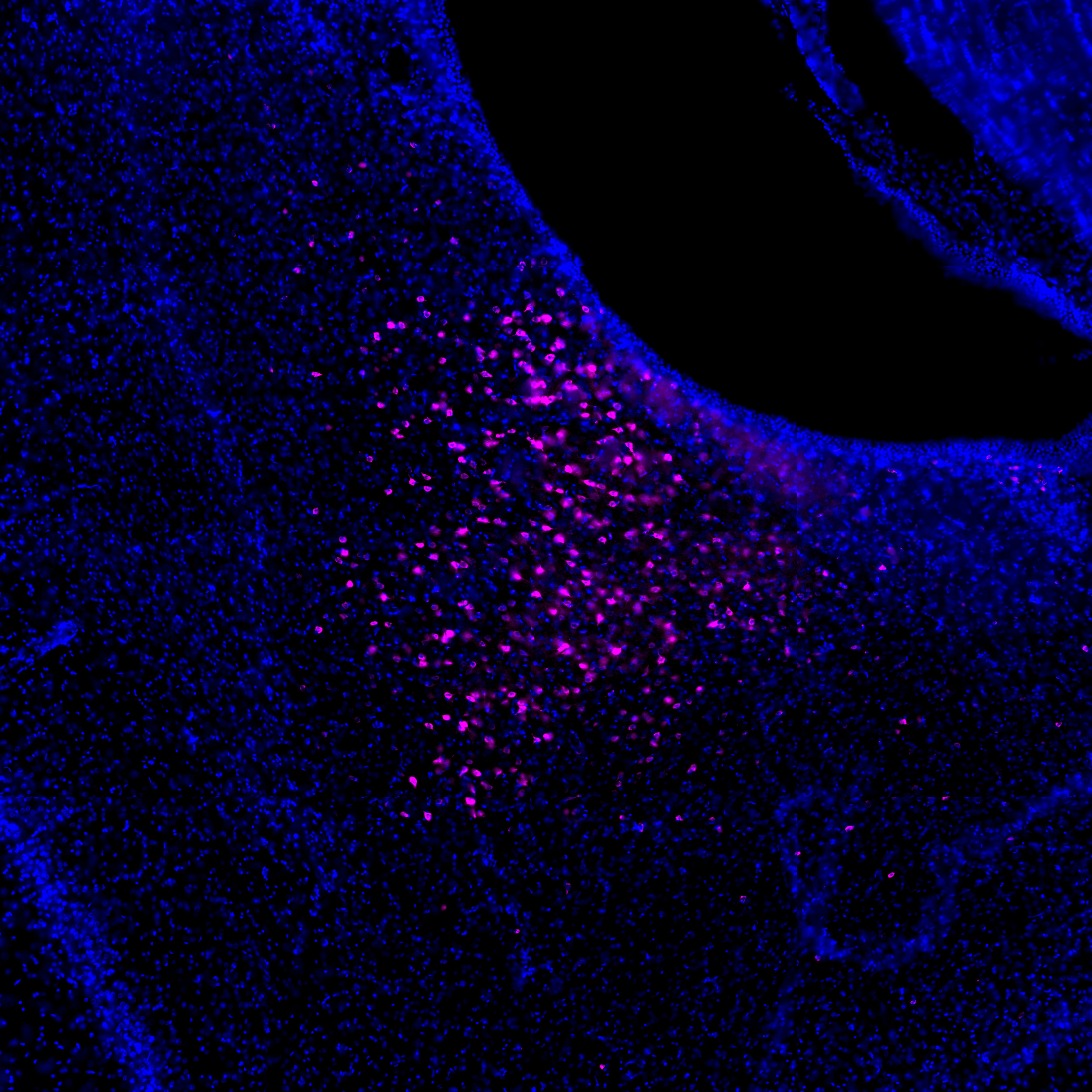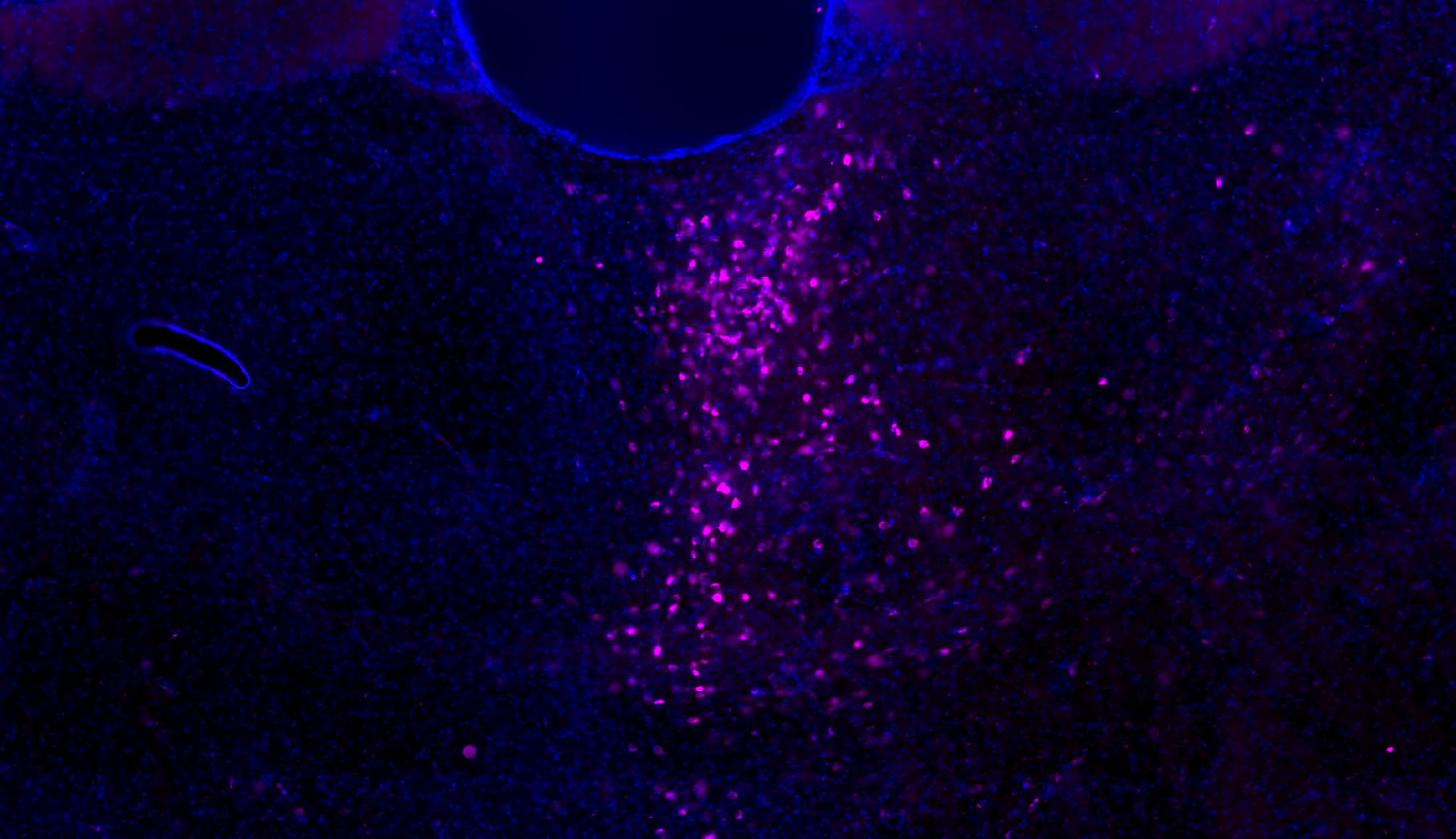How do brain mechanisms underlying incentive motivation relate to those required for “goal-directed” reward-seeking?
The incentive motivational value of drug-associated cues drives several facets of addiction, including escalation of drug use and the propensity to relapse even after long periods of abstinence. Cues with high incentive value elicit complex motivational and emotional states, invigorating reward-seeking behaviors that are incommensurate with the value of expected rewards. In contrast, goal-directed reward-seeking behavior relies on accurate mental representations of the expected value of predicted outcomes. Effective long-term treatments for addiction must precisely target brain mechanisms of behaviors driven by the incentive value of cues, while sparing or facilitating healthy decision-making, including goal-directed control of behavior. Yet, we know little about how the brain mechanisms underlying incentive motivation are related to those required for mental representations of future rewards. This project utilizes single unit and circuit/cell-type specific approaches to understand the relationship between the neural circuit mechanisms underlying these distinct drivers of reward-seeking behavior.
Current Funding: NIH R01DA053208, “Neural basis of incentive and expected value representations”



